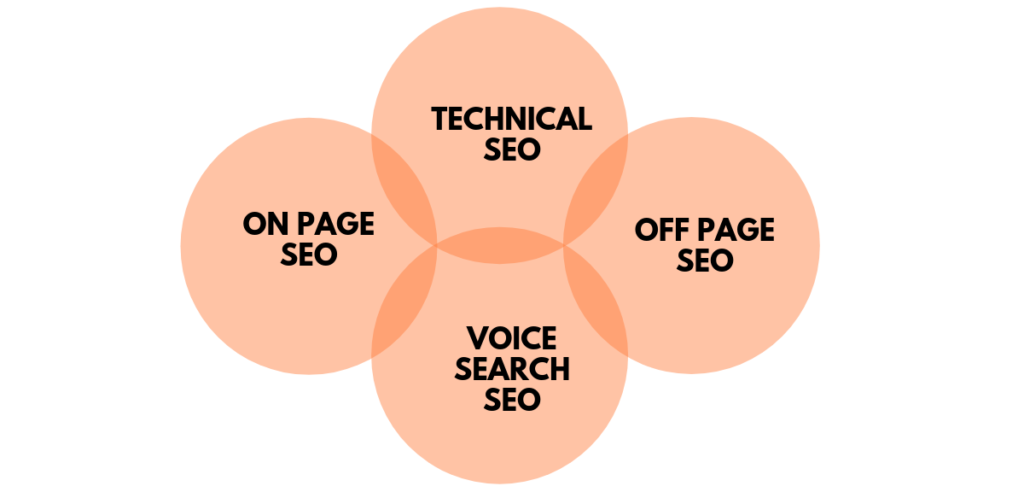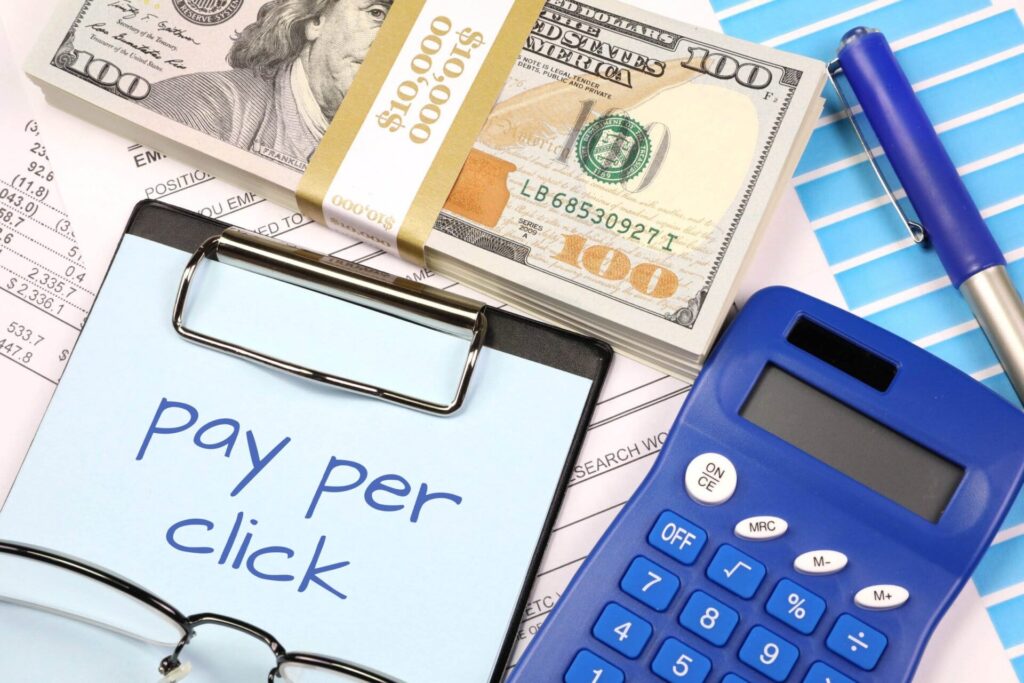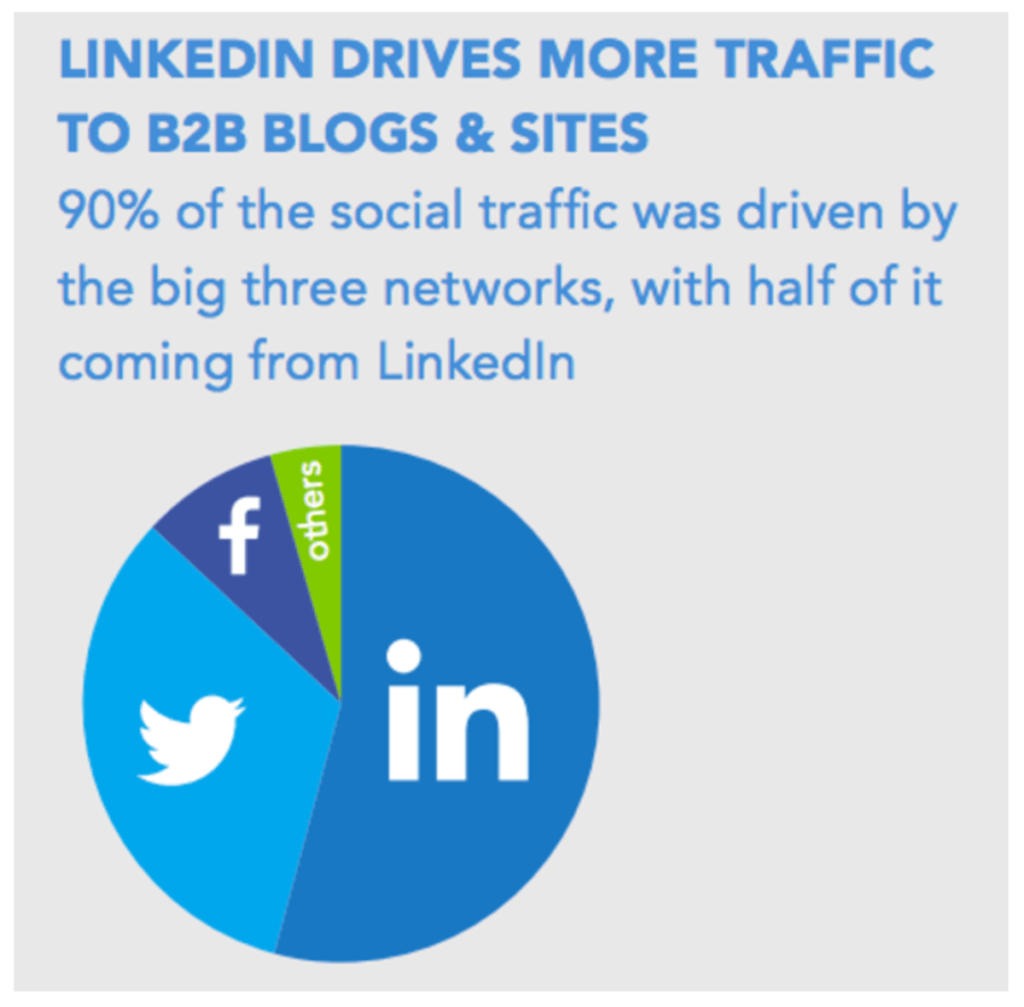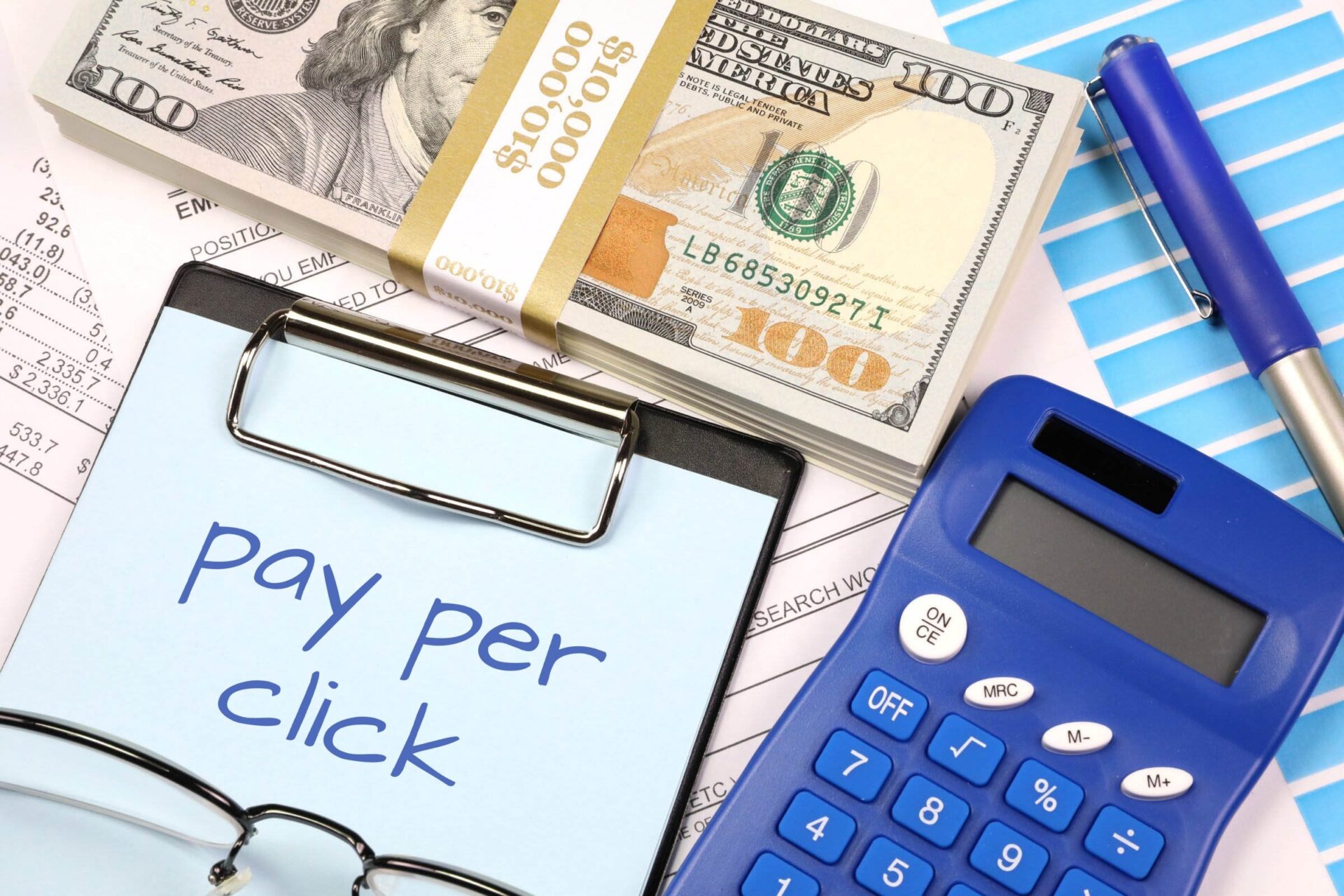With over 800 million members, LinkedIn has firmly established itself as the world’s largest professional network and an unparalleled platform for B2B advertising. LinkedIn’s expansive user base and precise targeting capabilities offer tremendous potential for B2B companies looking to generate leads, build brand awareness, and scale revenue through marketing campaigns.
Unlocking LinkedIn’s Robust Targeting Options
One of LinkedIn’s biggest advantages is the rich targeting options available to reach specific professional audiences within your total addressable market. You can target LinkedIn members by various attributes:
Job Title and Seniority
Narrow your audience by job title such as targeting CMOs or Sales Managers. Specify seniority levels like targeting executives. Ideal for reaching decision-makers.
Company
Target employees of your ideal customer profiles. Options to target by industry, company size, technology used, and other attributes to hone in on your target accounts.
Location
Target any geography from countries down to cities or postal codes. Great for local events or location-based offers.
Age and Gender
Reach your ideal demographic segments by selecting age ranges and gender. Useful for personalized messaging.
Interests and Skills
Serve ads to members based on their LinkedIn interests and skills. Great for targeting niche professional subgroups and contextual messaging.
Engagement
Remarket to people who have already engaged with your brand by viewing pages or content. Reconnect with warm leads.
Leverage these robust options to segment and target the professional audiences that are most likely to convert rather than casting a wide net. Start broad, analyze performance data, then narrow your focus around the highest converting subgroups for maximum ROI.
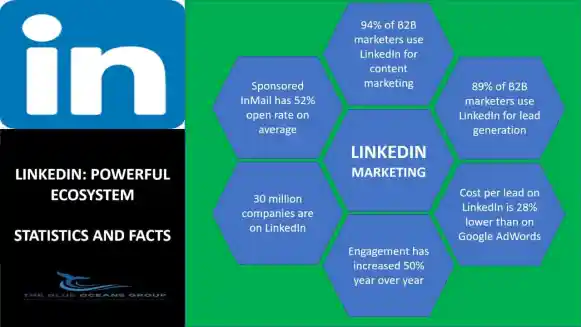
Crafting Compelling LinkedIn Ad Creative
To drive engagement and conversions with your LinkedIn ads, the creative elements including copy, imagery, and calls-to-action must be on point. Follow these best practices:
Lead With Value In The Headline
Summarize the core value proposition in your ad headline. Communicate the key benefit the viewer will receive by engaging.
Keep Copy Concise
Adopt a scannable writing style with short paragraphs, bullet points, and emphasis on key info. Avoid dense blocks of text.
Personalize Messaging
Leverage LinkedIn’s profile data to include the viewer’s name, company, or other info to boost relevance.
Speak To Emotions
Stir up emotions like pride, confidence, and trust. Avoid overly-dry, functional language.
Call-To-Action
Every ad should have a strong, singular CTA. Test different verbs like Register, Talk to Us, Join Now.
Mobile Optimization
Ensure ads and landing pages are mobile-friendly. 60% of LinkedIn usage is mobile.
A/B Testing
Continuously test different creative elements like copy, visuals, offers to find the optimal mix.
Relevance
Craft messaging relevant to each audience segment. Adopt their language and speak to their priorities.
With compelling creative optimized for LinkedIn, you can engage professionals and guide them through the funnel. Always A/B test to refine based on performance data.
Expand Thought Leadership With Sponsored Content
Sponsored Content allows brands to publish native ads on LinkedIn that appear in the feed alongside regular posts. This format lends itself well to establishing thought leadership.
To generate leads with Sponsored Content:
– Create articles and long-form posts that provide value and demonstrate expertise. Avoid pure product pitches.
– Focus on topics and trends highly relevant to your audience. Offer unique perspectives they won’t get elsewhere.
– Insert images, stats, quotes, and graphics to boost engagement. Posts with media get more visibility.
– Use attention-grabbing headlines that speak to the reader and draw them in.
– Link to gated assets like whitepapers, webinars, or demos within the posts to convert readers into leads.
– Promote your best Sponsored Content with paid amplification to reach broader audiences beyond your existing followers.
– Track engagement, clicks, and lead conversion rates to optimize content over time. Refine messaging and CTAs that resonate best.
Publishing quality articles and analysis builds brand authority and generates new prospects for B2B brands. Sponsored Content provides a native environment to distribute thought leadership at scale on LinkedIn.
Harness The Power of Sponsored InMail
Sending personalized messages via LinkedIn’s Sponsored InMail can be highly effective for B2B outreach. Best practices include:
– Personalize – Insert the viewer’s name, company, location into your message. This boosts open and click-through rates substantially.
– Subject Line – Make sure your subject line grabs attention. Ask a compelling question or highlight a benefit.
– Relevance – Customize your message to the recipient’s interests and role. Show you understand their needs.
– Calls-to-Action – Include a clear CTA that guides the prospect to your desired action like scheduling a meeting.
– Follow-Ups – Send targeted follow-up InMails to prospects that previously engaged with your brand. Move them further through the funnel.
– Lead Nurturing – Create sequences of InMails that educate prospects over time and move them towards a purchase.
– Automate Campaigns – Use lead scoring to automatically trigger InMails to prospects when they meet certain criteria indicating sales readiness.
With precise targeting and personalization, Sponsored InMail enables B2B brands to deliver customized 1:1 messages that feel like email but cut through the noise.
Expand Brand Visibility with Text Ads
LinkedIn Text Ads offer a simple, flexible way to boost brand visibility in front of relevant audiences. To maximize results:
– Bid on Relevant Keywords – Research keywords your audience commonly searches and bid on ones aligned to your offerings. Monitor search volume.
– Compelling Headlines – The title text has a 100 character limit. Craft benefits-focused headlines optimized for search.
– Tight Ad Copy – Convey your value prop and call-to-action clearly within 75 characters of body text.
– Mobile-Optimized Landing Pages – Send traffic to mobile-friendly pages with clear paths to conversion.
– A/B Test Variations – Test different components like headlines, ad copy, keywords, landing pages. Iterate based on performance.
– Dayparting – Adjust bid levels and ad variations based on days of week and time of day for better relevance.
– Remarketing – Show text ads to previous visitors to your site to re-engage them.
With the right keywords, messaging, and landing pages, LinkedIn text ads are a cost-efficient way to get your brand in front of B2B professionals actively searching relevant topics.
Scale Personalization with Dynamic Ads
LinkedIn Dynamic Ads allow you to serve highly personalized and relevant ads tailored to each member. Best practices include:
– Insert each viewer’s name, job title, company, and other profile data into the ad copy for greater relevance.
– Show Dynamic Ads to people who previously engaged with your brand like visiting your site or downloading content. Then tailor messaging to guide them to the next step.
– Create Dynamic Ads promoting your latest content and gated offers. Update these automatically as new assets are published.
– Test Dynamic Ads with different personalized elements, headlines, images, calls-to-action. Measure engagement and conversion rates.
– Use Dynamic Ads for ongoing nurture campaigns that educate prospects over time and move them towards becoming customers.
– Setup Dynamic Ad campaigns once then let them run perpetually as new audiences enter your target segments.
With thoughtful personalization and testing, Dynamic Ads provide a streamlined way to deliver tailored messaging that resonates at scale.
Define Success With LinkedIn Ad Objectives
LinkedIn ad campaigns should always align to clear business objectives. Quantify goals with specific, measurable targets. Examples:
– Generate 300% ROI from advertising spend within 6 months
– Increase website traffic by 20% within 3 months
– Gain 15,000 new newsletter subscribers this quarter
– Reduce cost per lead by 30% over the next year
– Book 50 new product demos from advertising this month
– Generate $100,000 in new sales pipeline from LinkedIn initiatives
Tying campaign goals to overarching KPIs ensures your LinkedIn ads drive real business impact. Tangible objectives also let you accurately evaluate performance and optimize efforts towards what matters most.

Continuously Test and Optimize Campaigns
The key to maximizing LinkedIn ad results over time is continuously testing and optimizing based on performance data.
Elements to test:
– Ad Headlines
– Ad copy
– Visuals
– Call-to-action
– Targeting parameters
– Landing pages
Metrics to track
– Impressions
– Clicks
– Clickthrough rate
– Cost per click
– Conversions
– Cost per conversion
– ROI
Analyze performance data, then refine targeting, bids, creative, and messaging to increase relevance, engagement, and conversions. Small optimizations add up over time. Adopt a mindset of constant learning and improvement.
Take An Iterative Approach to Optimization
Driving growth through LinkedIn ads requires an iterative approach focused on incremental gains through testing and refinement.
– Start by launching small pilot campaigns to identify winning concepts. Look for early positive signals.
– Provide new ad variations sufficient time to generate statistically significant data based on your volume, typically at least 2 weeks.
– Monitor performance daily and tweak components like targeting, headlines, images, calls to action. Make thoughtful changes one at a time.
– Let data guide you. Double down on what works and kill what doesn’t. Continuously reallocate budget to the highest performing areas.
– Optimization is never “finished.” Continue to experiment, evolve your thinking, and refine strategy based on the latest results.
With disciplined iteration and relentless data-driven refinement, you can continually improve LinkedIn ad performance and ROI over time.
Allocate Budget Based on Performance Data
When budgeting, avoid arbitrary limits that can constrain learning. Start with enough spend to sufficiently test concepts and gather data.
Analyze ROI and key metrics to inform budget decisions:
– Increase budget for high-performing campaigns with positive ROI. Scale what works.
– Pause or reduce spend for underperforming creative, audiences, keywords that aren’t delivering results.
– Align budget to audience size and willingness to pay. Some segments warrant higher bids and investment.
– Consider industry benchmarks for CPCs and conversion rates. Set realistic targets.
Continuously optimize budget allocation across ad sets, creatives, keywords based on the latest performance data. Let measured results guide your spend to maximize ROI.
Ensure Compliance With Regulations
Adhere to LinkedIn’s policies and all legal regulations when advertising. Consult your legal team to ensure compliance in areas like:
– Disclosures for financial services ads (SEC/FINRA)
– Substantiating product claims with support
– Disclaimers for forward-looking statements
– Privacy regulations for remarketing (CCPA)
– Healthcare marketing requirements (FDA)
Transparent, ethical messaging builds trust. Avoid misleading language, aggressive tactics, or unsubstantiated claims. Prioritizing compliance protects your brand reputation on LinkedIn.
Conclusion
With precise targeting, compelling creative optimized for professionals, and a focus on continual testing and improvement, LinkedIn advertising can become a powerful channel for B2B brands to engage their ideal audiences and accelerate growth. Companies looking to expand reach, leads and pipeline should consider developing a strategic LinkedIn ads initiative tailored to their unique objectives and audiences. The platform provides unmatched visibility into professional demographics and intent signals that can ultimately drive greater awareness, credibility and customer acquisition. With a thoughtful approach and commitment to ongoing optimization, LinkedIn ads offer immense potential for moving the needle for B2B organizations.

